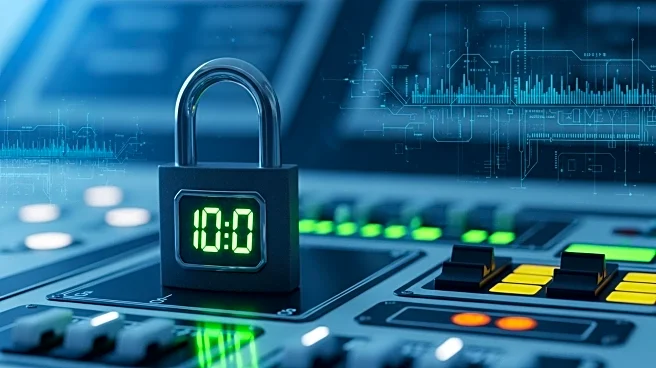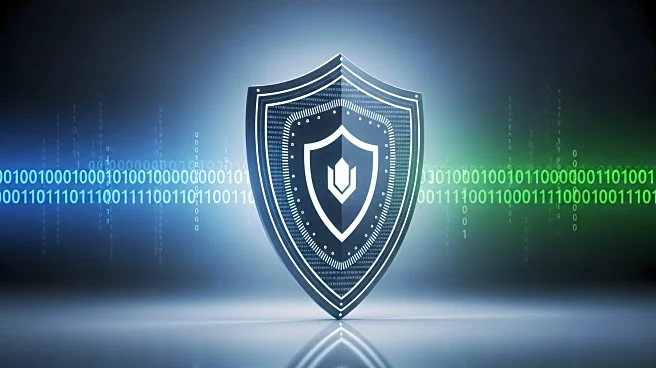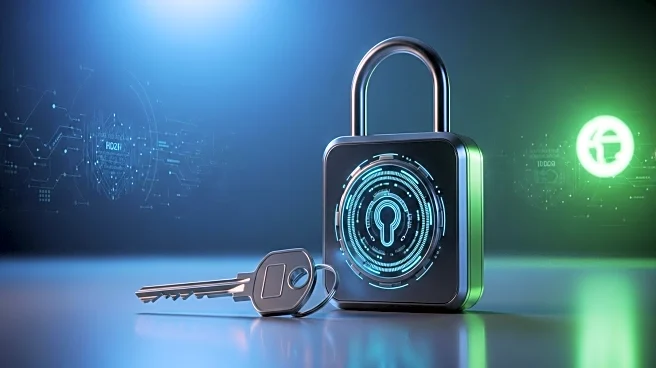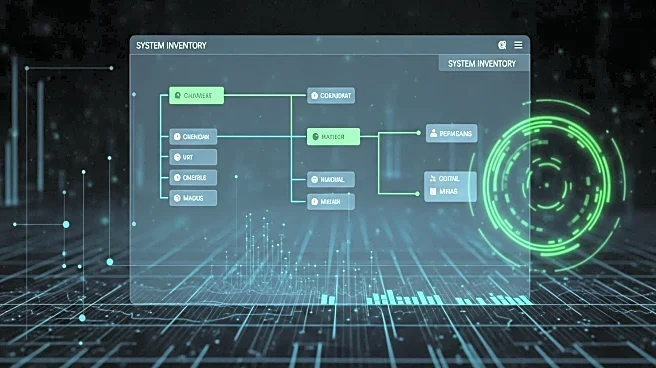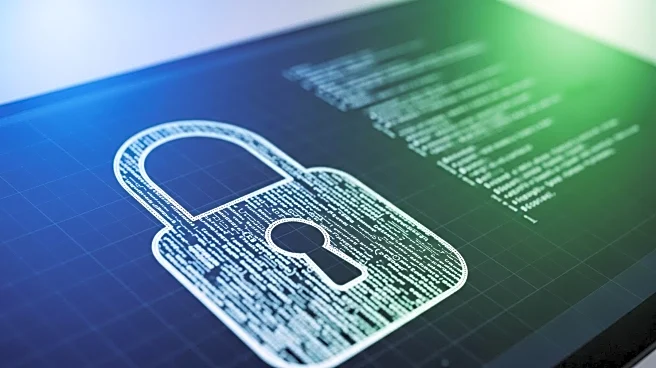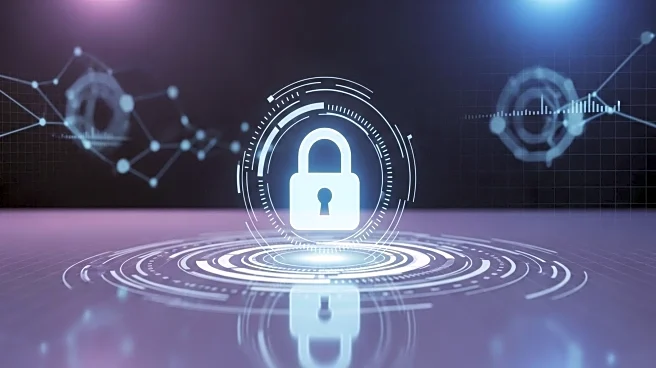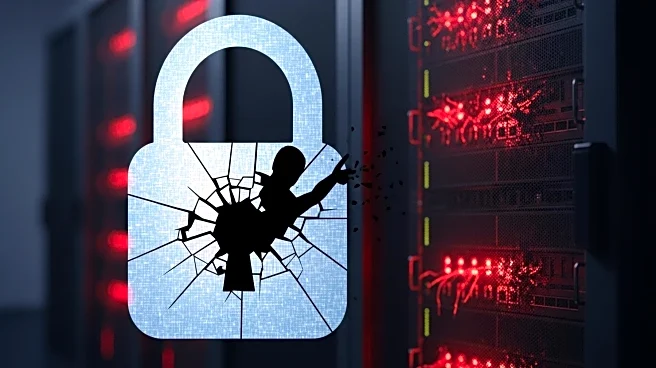What is the story about?
What's Happening?
Critical infrastructure sectors, including water, energy, and transport, face significant cybersecurity risks due to security misconfigurations. Despite increased investment in cybersecurity, many organizations struggle with preventable weaknesses such as overly permissive access controls and unmonitored cloud containers. These misconfigurations create vulnerabilities that compliance frameworks alone cannot address. The Security of Critical Infrastructure Act and other regulatory frameworks set high standards, but organizations must go beyond compliance to ensure true resilience against cyber threats.
Why It's Important?
Security misconfigurations in critical infrastructure can lead to severe consequences, including service disruptions and data breaches. As these sectors are essential for public safety and economic stability, addressing these vulnerabilities is crucial. Organizations must adopt proactive measures, such as regular security posture reviews and AI-enabled monitoring, to strengthen their defenses. By doing so, they can build resilience and maintain public trust in their services.
Beyond the Headlines
The focus on compliance should not overshadow the need for robust security practices. Organizations that view compliance as a baseline rather than a goal are better positioned to adapt to evolving threats. This approach not only enhances security but also supports long-term operational efficiency and regulatory compliance. As regulators increase scrutiny, organizations that prioritize security misconfiguration remediation will likely gain a competitive advantage.
AI Generated Content
Do you find this article useful?
